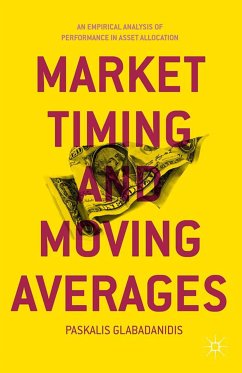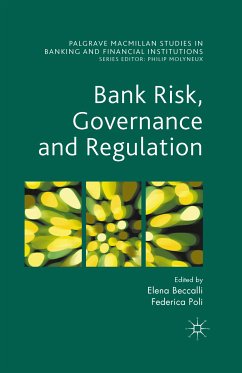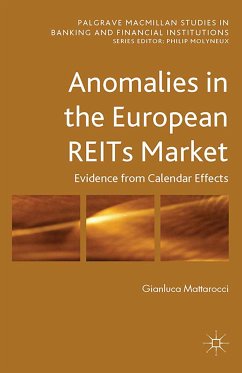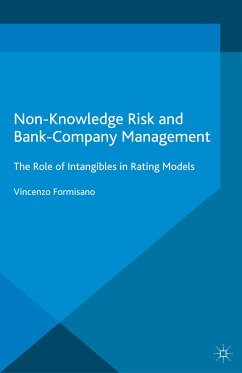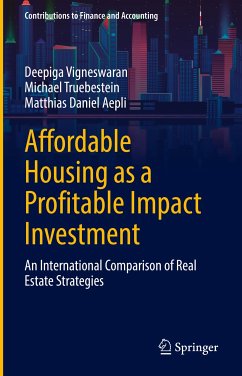
Housing Affordability and Housing Investment Opportunity in Australia (eBook, PDF)
Versandkostenfrei!
Sofort per Download lieferbar
72,95 €
inkl. MwSt.
Weitere Ausgaben:

PAYBACK Punkte
36 °P sammeln!
Contrary to other developed economies, Australia has experienced a long-term deterioration in housing affordability even between housing price booms. The house price boom that came after the global financial crisis has intensified the stress on Australian housing affordability to yet higher levels, and is likely to continue to be a concern for some time to come. This book reviews a range of available approaches for the measurement of housing affordability, and examines recent empirical evidence on housing affordability in Australia. It begins by explaining the relevance of housing to governmen...
Contrary to other developed economies, Australia has experienced a long-term deterioration in housing affordability even between housing price booms. The house price boom that came after the global financial crisis has intensified the stress on Australian housing affordability to yet higher levels, and is likely to continue to be a concern for some time to come. This book reviews a range of available approaches for the measurement of housing affordability, and examines recent empirical evidence on housing affordability in Australia. It begins by explaining the relevance of housing to governments at different levels, the emergence of the housing affordability problem, and the global importance of housing affordability. It then explores the causes of the recent explosion in the number of institutions offering home loan products, analysing features such as the size, composition and changes in total lending and home lending in Australia. The author goes on to investigate the consequences of the two most recent rounds of financial deregulation, as well as the trends in interest rate and property prices, and recent changes in typical borrower behaviour. The book concludes by reviewing a range of available approaches in the measurement of housing affordability. It assesses whether there is a level of adjustment in housing affordability, and finally analyses which housing market segment represents the better investment opportunity during housing boom periods.
Dieser Download kann aus rechtlichen Gründen nur mit Rechnungsadresse in A, B, BG, CY, CZ, D, DK, EW, E, FIN, F, GR, HR, H, IRL, I, LT, L, LR, M, NL, PL, P, R, S, SLO, SK ausgeliefert werden.





